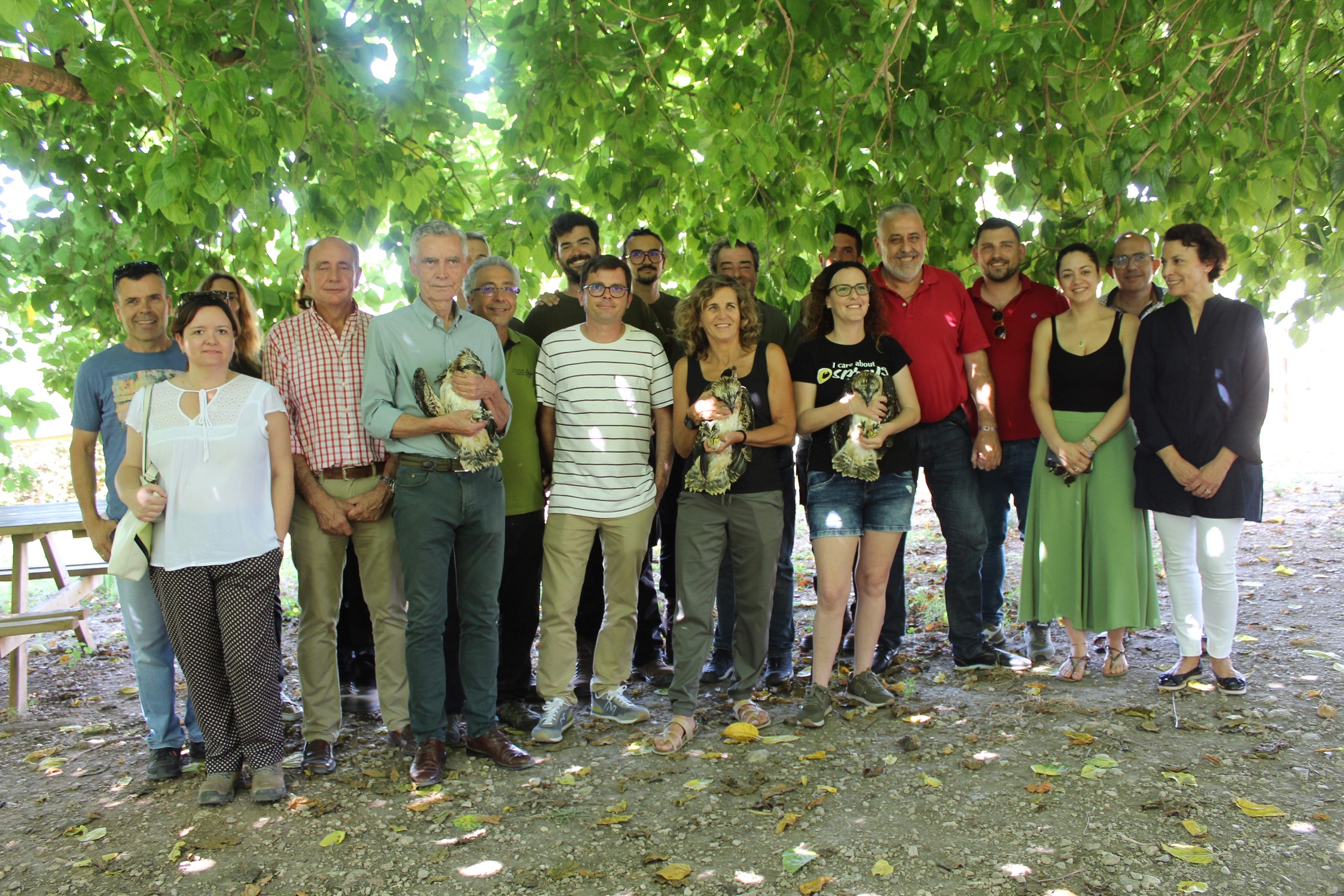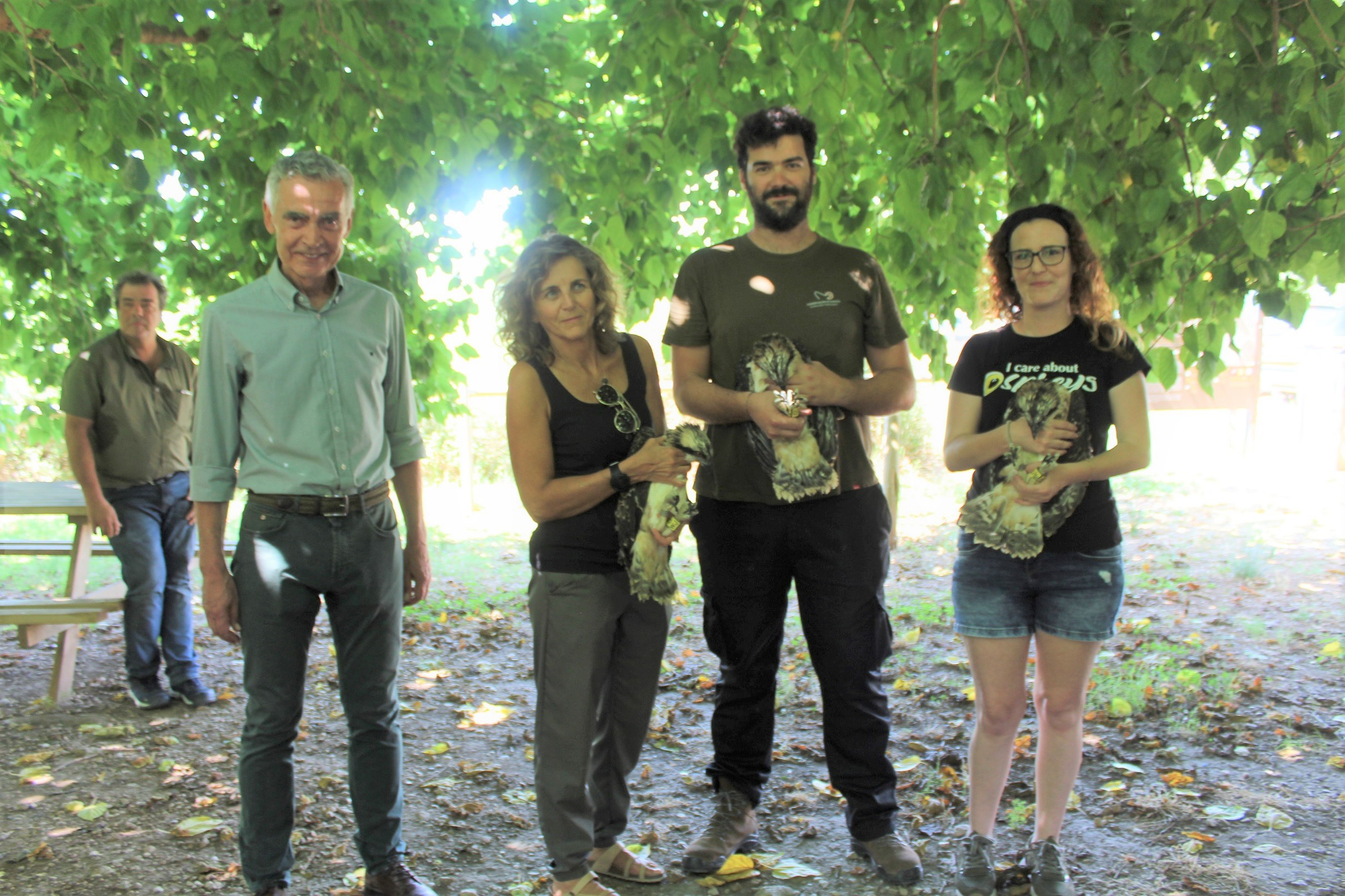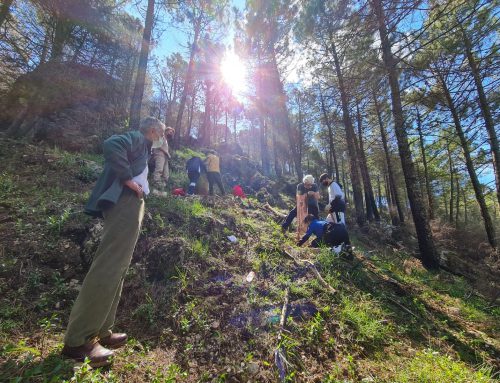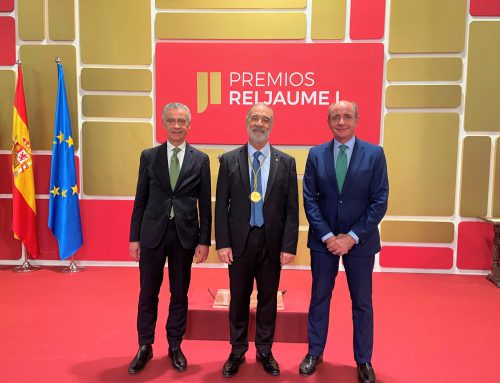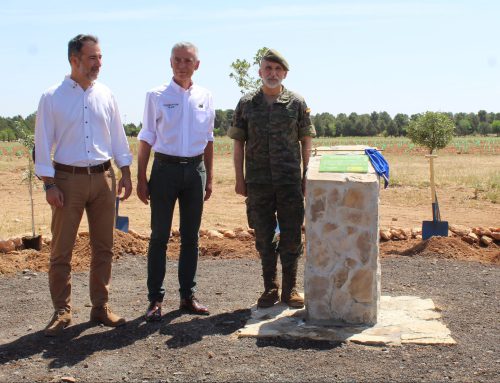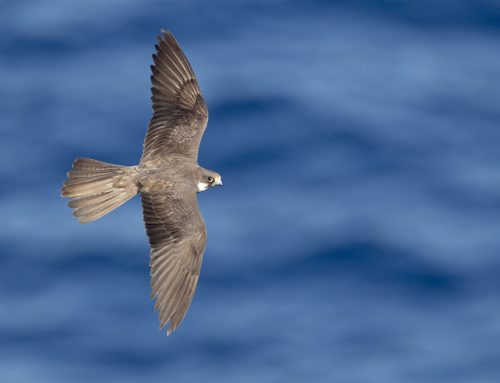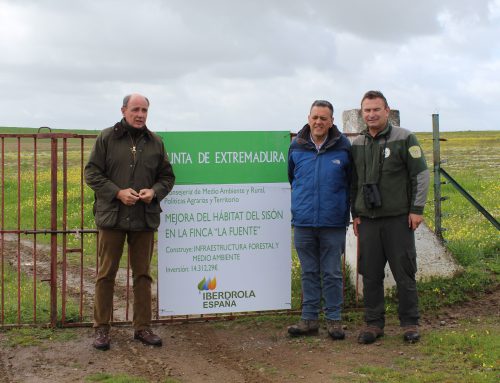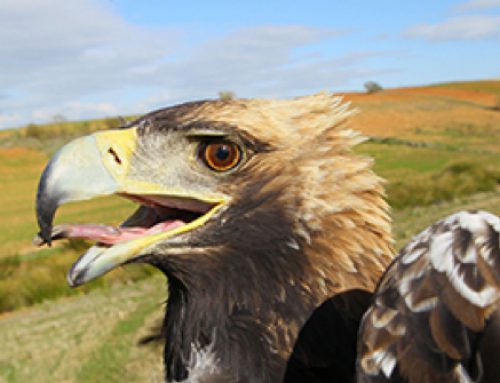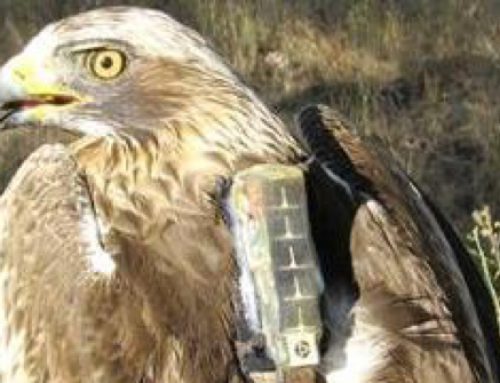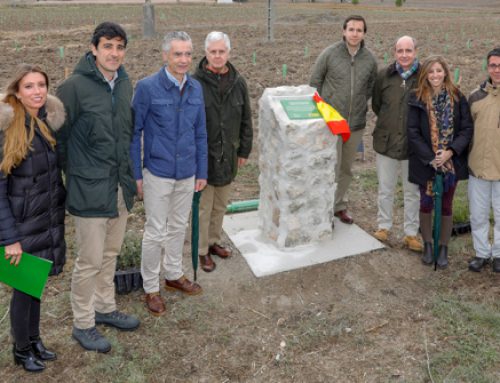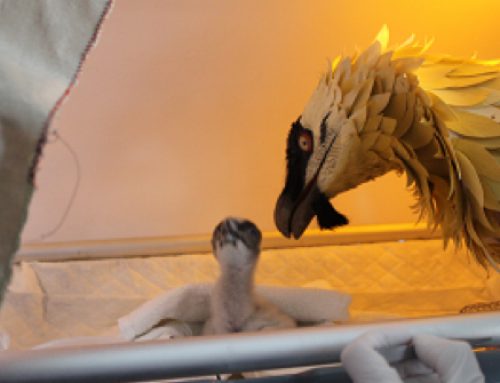The project, led by the Wildlife and Natura 2000 Network Service of the Generalitat Valenciana, consists of the reception of 12 osprey chicks from Scotland thanks to the collaboration between Fundación Iberdrola España, Fundación Migres, and Roy Dennis Wildlife Foundation.
The chicks have traveled from Scotland supervised by technicians from Fundación Migres and have been installed in hacking cages where they will be monitored, cared for, and fed until they are ready to be released in the natural park.
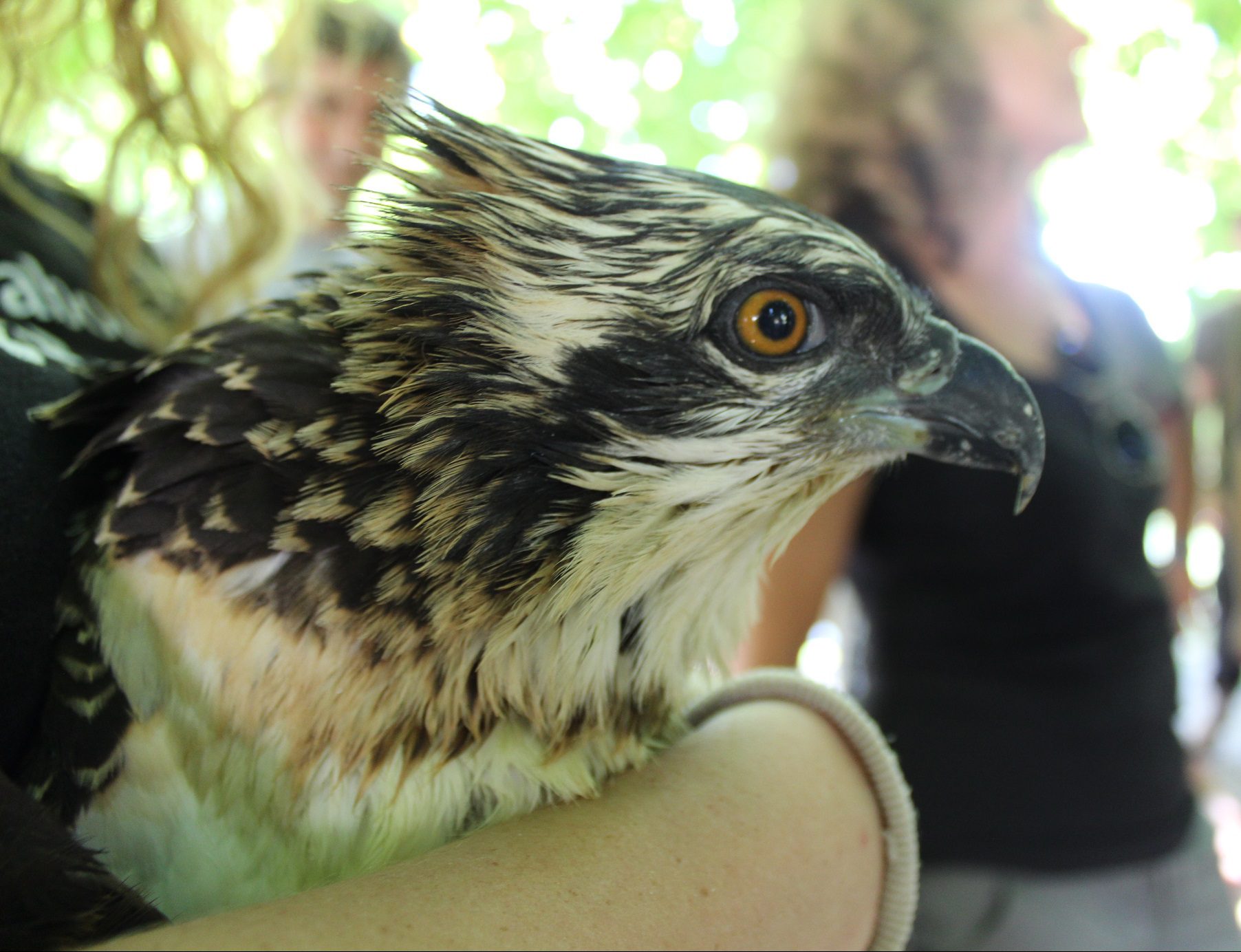
This project, which began in 2022 in the Marjal de Pego, has an annual budget of 50,000 euros from Iberdrola Foundation Spain and is part of one of its main areas of activity, such as the protection of birdlife and habitat conservation.
The purpose of this collaboration is to obtain young fisherwomen from different donor countries for their transfer to the Valencian Community, for their release using hacking techniques, as is usual in this type of reintroduction project. The ultimate goal is the recovery of a self-sufficient breeding population in the Comunitat after more than 50 years of its disappearance.
The estimated number of chicks needed for this purpose is one hundred, which will be released over five years, with the support of donor countries such as Scotland, Sweden, and Norway, among others.
Since its inception, the Migres Foundation has developed more than 130 projects related to the reintroduction of two endangered bird species, the osprey and the imperial eagle, to recover the Iberian Peninsula a species that had been extinct due to human actions and that returned to breed in Spain.

